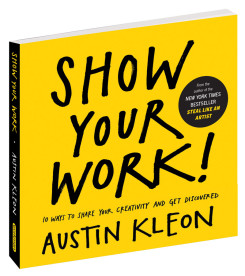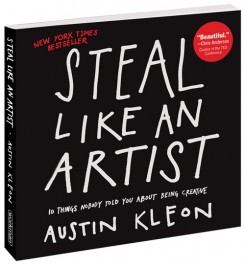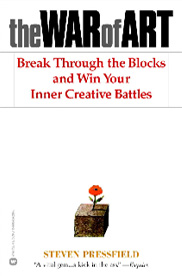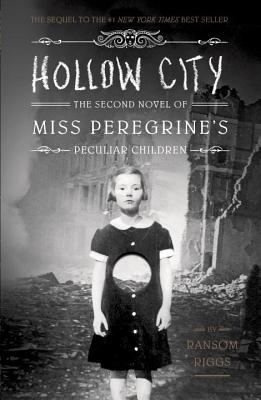Book of the Week for October 27-November 2
Daily Rituals by Mason Curry
Why it’s interesting:
Daily Rituals: How Artists Work chronicles the creative habits of 161 artists from Kafka to Van Gogh to Woody Allen. The pure range of artists is astonishing: writers, composers, musicians, painters, cartoonists…it’s awesome. It’s written in short little snippets and can be read while waiting for your coffee or train. I actually listened to the audio version, but the physicall/digital versions also include a bunch of photos and I kind of want to buy the physical version now. Also, for underlining. There’s some great, inspiring lines. (Wouldn’t it be great if I had underlined so I could give you some examples? Sorry.) One caveat (and I think Mason Curry addresses this at the beginning of the book, but I don’t remember for sure): Just because so many artists drank and drugged them way into some awesome work doesn’t mean you should too. For some reason, dying in your thirties and forties didn’t seem as tragic back in the day as it is now. But…if you want to follow the example of naps—it felt like almost everyone in the book took naps—by all means. Go for it. I do.
The blurb:
Franz Kafka, frustrated with his living quarters and day job, wrote in a letter to Felice Bauer in 1912, “time is short, my strength is limited, the office is a horror, the apartment is noisy, and if a pleasant, straightforward life is not possible then one must try to wriggle through by subtle maneuvers.”
Kafka is one of 161 inspired—and inspiring—minds, among them, novelists, poets, playwrights, painters, philosophers, scientists, and mathematicians, who describe how they subtly maneuver the many (self-inflicted) obstacles and (self-imposed) daily rituals to get done the work they love to do, whether by waking early or staying up late; whether by self-medicating with doughnuts or bathing, drinking vast quantities of coffee, or taking long daily walks. Thomas Wolfe wrote standing up in the kitchen, the top of the refrigerator as his desk, dreamily fondling his “male configurations”. . . Jean-Paul Sartre chewed on Corydrane tablets (a mix of amphetamine and aspirin), ingesting ten times the recommended dose each day . . . Descartes liked to linger in bed, his mind wandering in sleep through woods, gardens, and enchanted palaces where he experienced “every pleasure imaginable.”
Here are: Anthony Trollope, who demanded of himself that each morning he write three thousand words (250 words every fifteen minutes for three hours) before going off to his job at the postal service, which he kept for thirty-three years during the writing of more than two dozen books . . . Karl Marx . . . Woody Allen . . . Agatha Christie . . . George Balanchine, who did most of his work while ironing . . . Leo Tolstoy . . . Charles Dickens . . . Pablo Picasso . . . George Gershwin, who, said his brother Ira, worked for twelve hours a day from late morning to midnight, composing at the piano in pajamas, bathrobe, and slippers . . .
Here also are the daily rituals of Charles Darwin, Andy Warhol, John Updike, Twyla Tharp, Benjamin Franklin, William Faulkner, Jane Austen, Anne Rice, and Igor Stravinsky (he was never able to compose unless he was sure no one could hear him and, when blocked, stood on his head to “clear the brain”).
Brilliantly compiled and edited, and filled with detail and anecdote, Daily Rituals is irresistible, addictive, magically inspiring.
If you like this, you might also like:
Anything by Austin Kleon
The War of Art by Steven Pressfeild
by Steven Pressfeild
Anything by Julia Cameron
.










